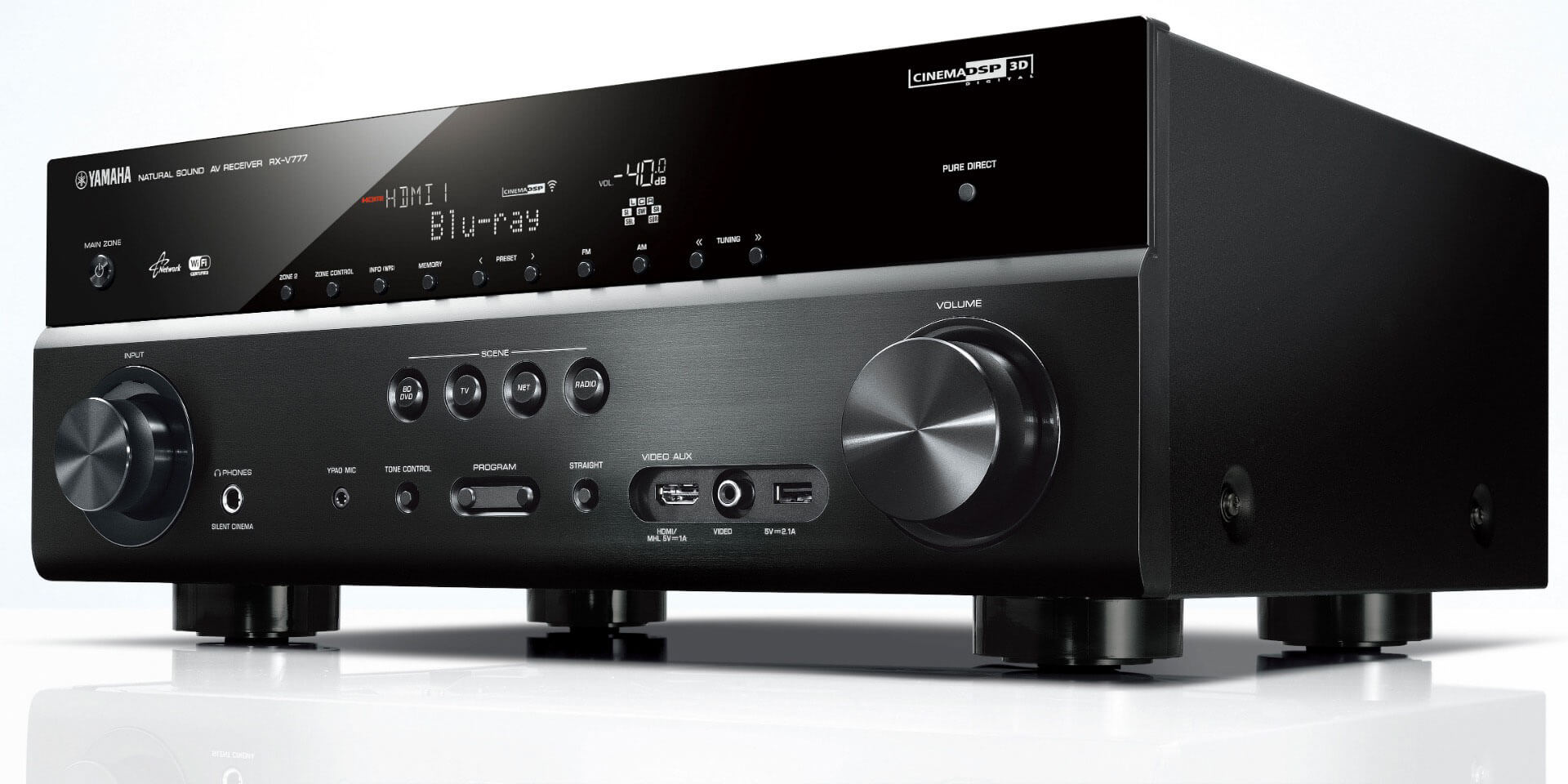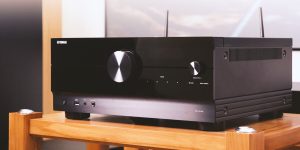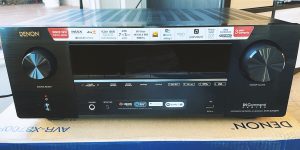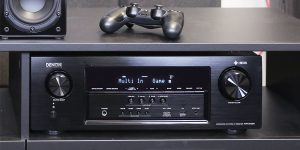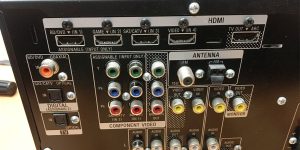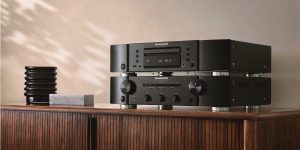Let’s begin by saying that most AV receivers have between 5 and 11 channels. Some higher-end models may have even more. In addition, it allows for a wide range of audio playback features, including support for surround sound systems.
Generally speaking, the number of channels in a receiver indicates how many audio signals the device can process. The most common configuration is a 5.1-channel system, that includes five full-range speakers and one subwoofer. However, a lot of receivers are also capable of processing 7.1-channel or even 9.1-channel systems.
So, how many channels do you need?
You should consider a few factors when deciding how many channels you need in your AV device. The first is the size of your room. You’ll need more channels to fill it with sound if you have a large room. If you have a smaller room, then 5.1 channels will probably suffice. If you have a larger room, then you may want to consider 7.1 channels. There are also 9.2 and 11.2 channel receivers, but these are less common and usually only found in high-end home theater setups.
The second is the type of music or movies you like to listen to. For example, if you enjoy movies with a lot of action, you’ll need more channels to get the full effect.
Finally, if you are looking for a powerful sound system, you will need to ensure that you choose a device with enough channels in order to support your speakers. On the other hand, if you are only looking for a basic sound system, you will not need as many channels and in this case you can save money by choosing a receiver with fewer channels.
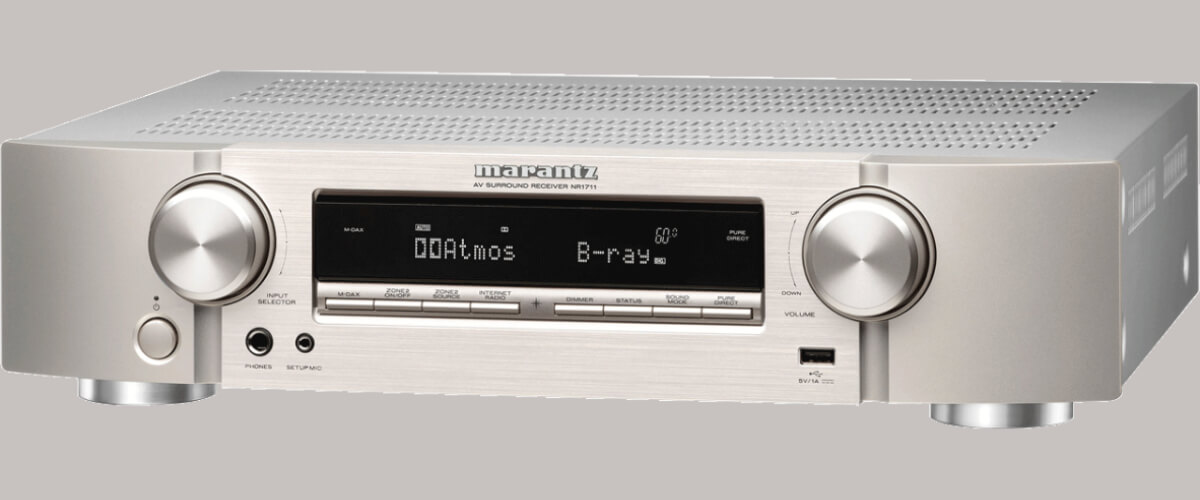
Let’s consider some of the most common AV receiver configurations:
5.1 channel AV receiver
A 5.1 channel AV receiver is a home theater audio/video receiver that decodes and amplifies audio and video signals from sources such as Blu-ray players, satellite TV receivers, and game consoles to display them on a television or monitor.
An AV receiver with 5.1 channels means that it
can decode and output five full-range channels (left, center, right, left surround, and right surround) and one low-frequency channel (the “.1” in 5.1). This configuration is also sometimes referred to as 5+1 or 6.0.
If you have a 5.1 channel AV receiver, you can connect it to five speakers and one subwoofer. The five speakers can be placed in a traditional home theater layout (left, center, right, left surround, and right surround), or you can use a more unconventional layout like Dolby Atmos or DTS:X (more on that later).
The subwoofer is responsible for reproducing the low-frequency effects (LFE) in movies and TV shows and providing extra oomph to music. Most AV receivers have a dedicated subwoofer output, which makes it easy to connect a powered subwoofer.
7.1 and 7.2 channel AV receivers
It means that the AV receiver is designed to work with seven speakers and one subwoofer. It allows for a more immersive sound experience, as each speaker can be individually controlled to create different sound effects. The seven speakers are arranged in a surround sound configuration, with two front speakers, two rear speakers, a center speaker, and two surround speakers. The subwoofer is typically placed in the front of the room, near the TV or projector. It will add extra bass to the overall sound.
7.2 channel receivers have eight discrete sound channels, plus one subwoofer channel. The extra channel on 7.2 receivers allows for two additional surround speakers to be used, providing a more immersive surround sound experience. So if you’re looking for the best possible surround sound experience, 7.2 channel receivers are the way to go. However, if you’re working with a limited budget, 7.1 channel receivers will still provide excellent surround sound quality.
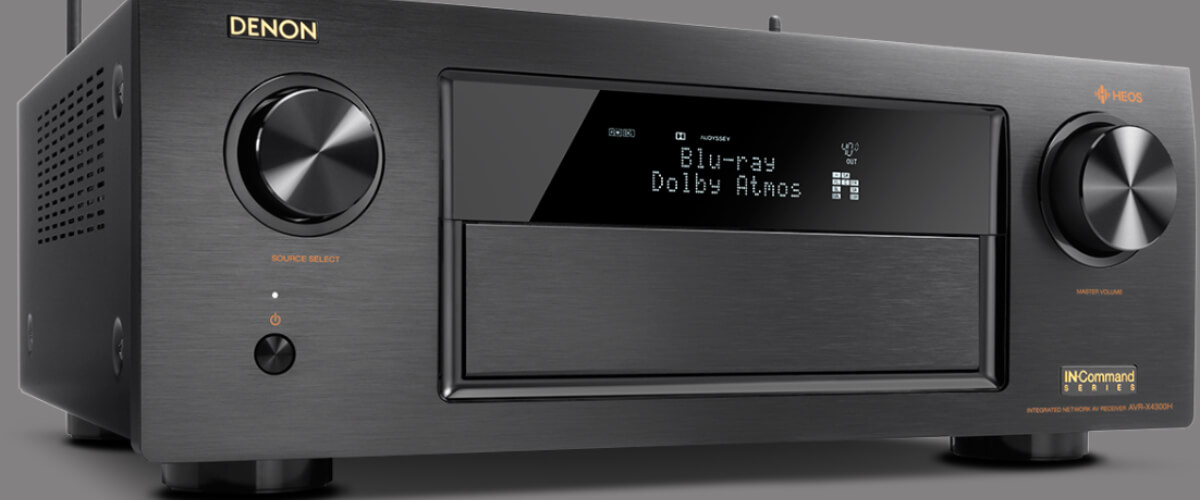
9.1 and 9.2 channel AV receivers
An AV receiver with 9.1 channels means that it has nine surround sound channels and one subwoofer channel. It includes the traditional left, center, and proper channels and the front, rear, and side surround channels. In addition, there are two subwoofer channels for low-frequency effects (LFE). Therefore, a 9.1 channel AV receiver is capable of creating a truly immersive surround sound experience.
Besides, an AV receiver with 9.1 channels is capable of decoding and playing back 9.1-channel audio. Here we can speak about Dolby Atmos and DTS:X, which are the two most popular surround sound formats.
9.2 channel receivers have nine channels of audio output plus two additional subwoofer outputs. It provides more flexibility when setting up your home theater system, as you can add a subwoofer or two for even more bass response. If you have a large room or want the absolute best sound quality possible, then a 9.2 channel receiver is the way to go. However, if you have a smaller room or are on a budget, then a 9.1 channel receiver will still provide plenty of power and performance.
11.2 channel AV receiver
11.2 channel AV receivers are the latest and greatest in home theater technology. They offer unprecedented surround sound immersion and a truly realistic listening experience. With 11.2 channels, you’ll have access to two additional subwoofer channels, for a total of four, which will create a more powerful and impactful low-end response. In addition, the 11.2 channel receiver will allow you to connect more speakers, giving you even more flexibility in terms of placement and configuration. If you’re looking for the ultimate home theater experience, then an 11.2-channel AV receiver is the way to go.
